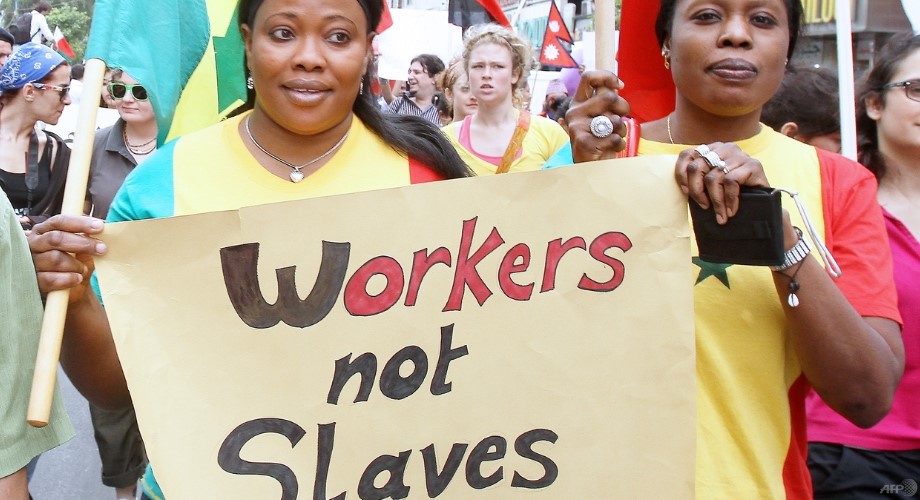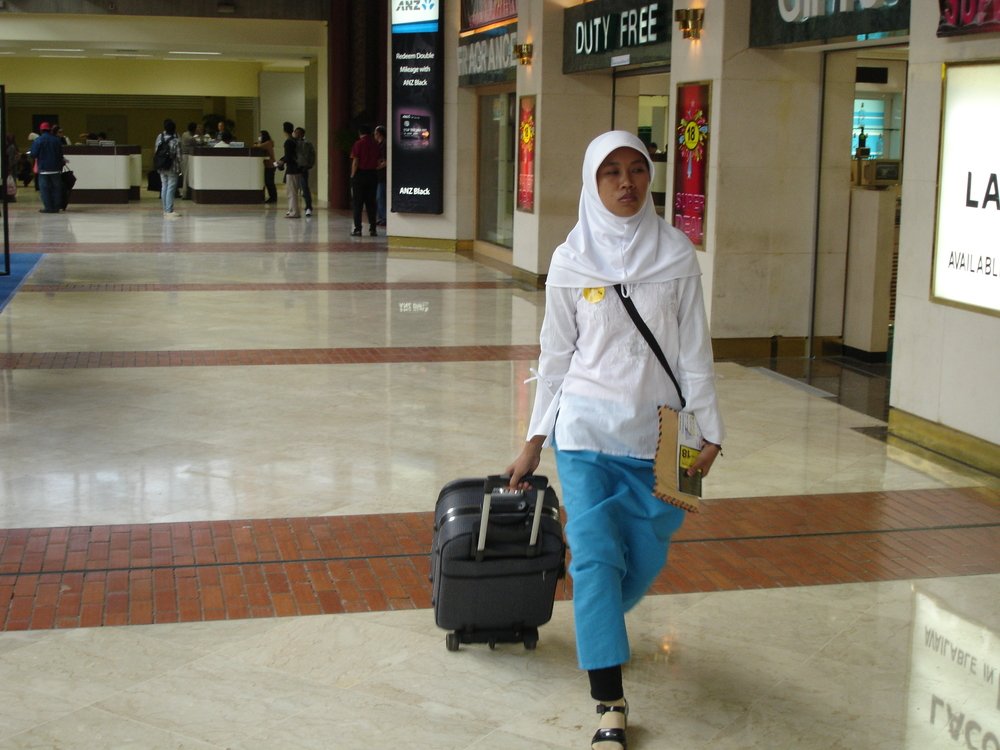
Last week, the International Labour Organization published Global Wage Report 2014/5. The largely report confirms what many already know and live. First and last, wages matter: “Wages are a major source of household income in both developed economies and emerging and developing economies.” Second, wages in so-called developed economies have been fairly flat, while wages in so-called emerging and developing economies are moving at a better pace. In fact, global wage growth, such as it is, has been driven almost exclusively by the emerging and developing economies. For example, if China is taken out of the mix, the global wage growth is cut in half. But the real growth, globally and regionally and locally, is in inequality. There’s big money in the production of every widening wage gaps. And here’s where women come in:
“In almost all countries studied there are wage gaps between men and women as well as between national and migrant workers…These wage gaps can be divided into an `explained’ part, which is accounted for by observed human capital and labour market characteristics, and an `unexplained’ part, which captures wage discrimination and includes characteristics (e.g. having children) that should in principle have no effect on wages. The report shows that if this unexplained wage penalty was eliminated, the mean gender wage gap would actually reverse in Brazil, Lithuania, the Russian Federation, Slovenia and Sweden, where the labour market characteristics of the disadvantaged groups should result in higher wages. It would also nearly disappear in about half the countries in the sample of developed economies.”
There’s a gender wage gap, and it’s growing; a motherhood wage gap, and it’s growing; an immigrant wage gap, and it’s growing and for the immigrant mother worker’s wages, there’s a special place. The new world order has a new triple burden for women, a trifecta of gaps that women carry not on their shoulders but in their bodies. The ILO calls these burdens unexplained gender wage penalties. Women are being punished and fined for being women, and the penalty fines are getting steeper by the day.
So, what is to be done? For the ILO, the way forward is fairly straightforward. Raise the minimum wage. Promote job creation. Promote equal pay for work of equal value: “provide for the right to equal remuneration for work of equal value and effective access to justice to claim this right…Equal pay between men and women needs to be promoted through strong policies to promote gender equality, including combating gender-based stereotypes about women’s roles and aspirations, strengthening policies on maternity and paternity as well as parental leave, and advocacy for better sharing of family responsibilities.”
In 2002, then Secretary of Defense Donald Rumsfeld responded to a question concerning Iraqi weapons of mass destruction and Iraq’s ostensible support for terrorist organizations: “Reports that say that something hasn’t happened are always interesting to me, because as we know, there are known knowns; there are things we know we know. We also know there are known unknowns; that is to say we know there are some things we do not know. But there are also unknown unknowns — the ones we don’t know we don’t know.”
Twelve years later, there are explained parts of wage gaps, and there are unexplained parts of wage gaps, and then there are the unexplained unexplained parts of wage gaps, and those are the ones who live at the juncture of the explained and the unexplained, the ones we do know: women. Rumsfeld’s gone, but the war continues, the global war on women.
(Image credit: Ilo.org)


